


SERENGETI CATS WE'VE MET
In the Serengeti, the Big Cat group includes lions, cheetahs and leopards. Members of the cat family are meat eaters or carnivores - they don't like vegetables. Some rely on strength - the lions - some rely on their incredible speed - the cheetahs - to catch their prey and to avoid their enemies. Most of the big cats have voices to match their size and roar or growl loudly. Cheetahs do not roar and instead they purr like house cats but much louder, especially when they are grooming each other. Ancient Egyptians regarded all cats as sacred.
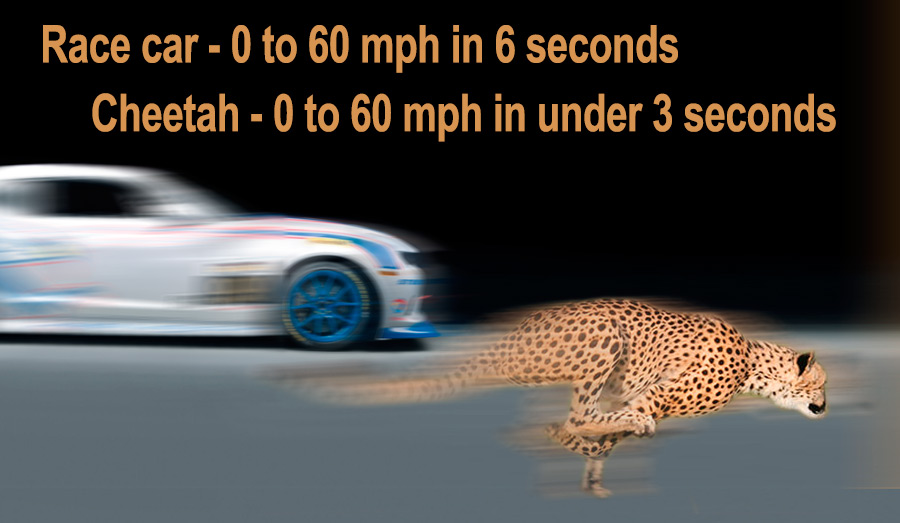
The Cheetah is the fastest animal on Earth. With long legs, flexible backbone, slender build, every part of a cheetah’s body is built for speed, which is their only protection from predators. Their exceptionally long tail helps with balance and while making rapid, sharp turns. A good way to tell a cheetah from other spotted cats such as leopards, is to look for the dark colored lines that run from the inside edge of their eyes to its mouth called “tear lines.” Valued for their spectacular spotted coats they are still hunted illegally, even though they are a protected species due to seriously decreasing numbers.

The Cheetah does slow down sometimes. Unlike other species of cats, cheetah’s can’t retract their claws. Protruding claws act like cleats on a track shoe and allows the claws to dig in as the cheetah pushes off to build up speed.
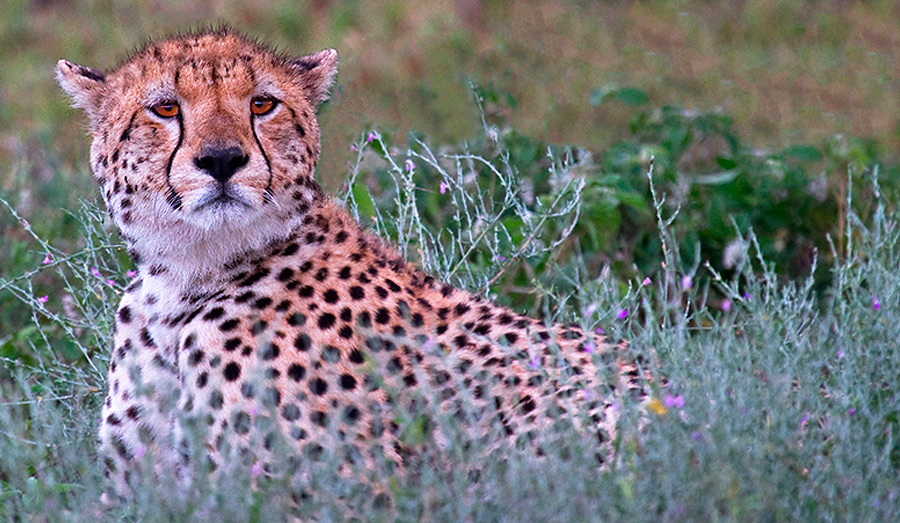
Cheetah is the only member of the Big Cat family that purrs. Don't you just want to pet her?
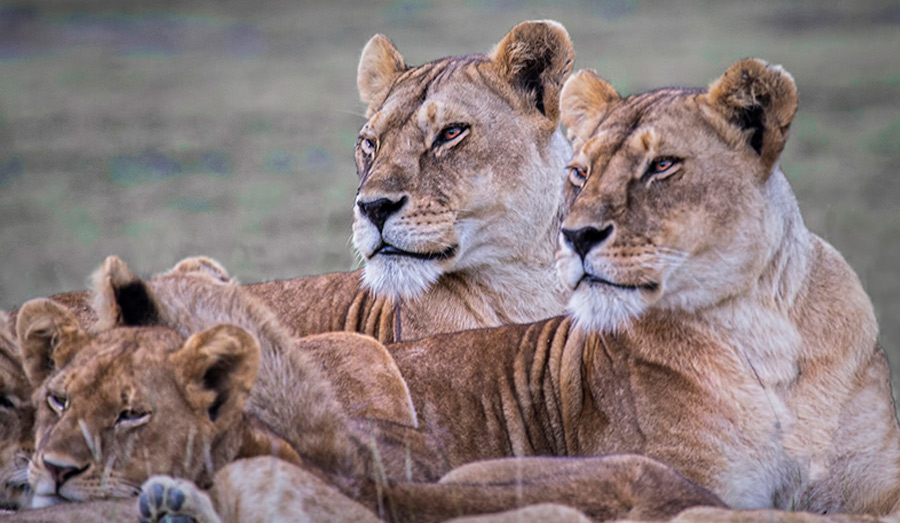
Lions are the largest of the big cats so we will write more about them. Lions form strong family ties and live in groups of 12 or more called prides. Each pride generally will have no more than two adult males. They hunt their prey, raise the cubs, and defend their territory as a team. Females give birth to one to six cubs that are born blind and which makes them vulnerable. A cub's fur is covered in darker spots that help camouflage them and offers some protection while the adults go out to hunt. However, less than half of the cubs live to be a year old and four out of five die by the time they are two, generally either from animal attacks or on occasion from starvation. The females will have their cubs at around the same time and they help to suckle and care for the cubs of other females. The cubs suckle on milk until they are about six months old and although they won't begin actively hunting until they are about a year old, they start to eat meat after about 12 weeks.
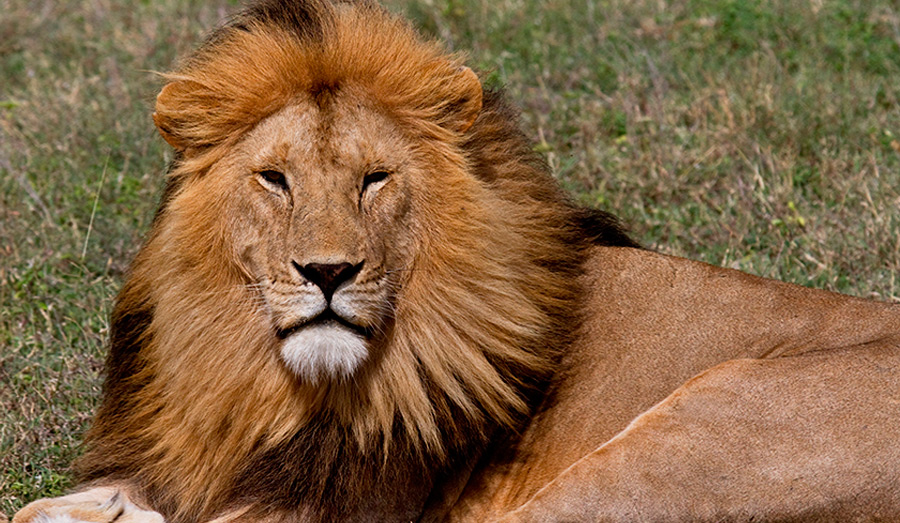
Both male and female Lions are able to reproduce between the ages of two and three but often will not breed until the pride has been firmly established. After a gestation period that lasts for nearly four months females give birth to one to six cubs that are born blind and which makes them vulnerable. A cub's fur is covered in darker spots that help camouflage them and offers some protection while the adults go out to hunt. However, less than half of the cubs live to be a year old and four out of five die by the time they are two, generally either from animal attacks or on occasion from starvation. The females will have their cubs at around the same time and they help to suckle and care for the cubs of other females. The cubs suckle on milk until they are about six months old and although they won't begin actively hunting until they are about a year old, they start to eat meat after about 12 weeks
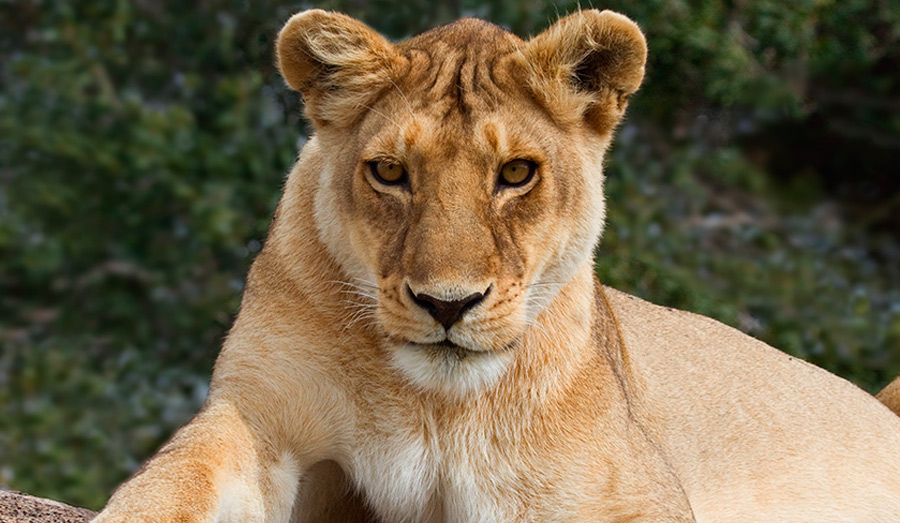
Hunting generally is done by the female lionesses, often hunting in groups of two or three, using teamwork to stalk, surround, and kill their prey. They usually score only one kill out of several tries. After the kill the males will normally eat first, lionesses next, and the cubs get what's left. Both males and females fiercely drive away any outside lions that attempt to join their pride.
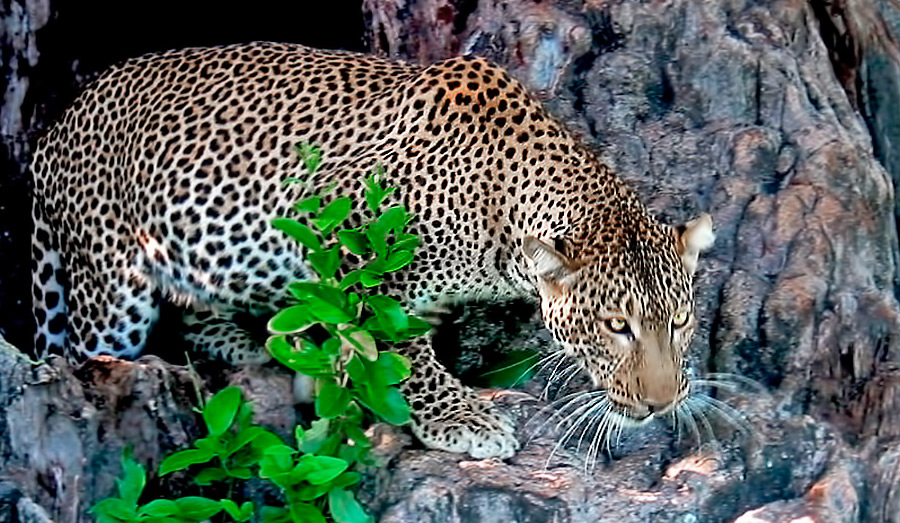
The most secretive and elusive of the large carnivores, the leopard is also the shrewdest. Pound for pound, it is the strongest climber of the large cats and capable of killing prey larger than itself. Leopards are incredibly strong and are able to pull themselves and their prey up trees using their legs and retractable claws. They often drag their kill into dense vegetation or up into the trees for safety from nearby scavengers such as lions and hyenas that will take away a leopard's kill if they can. Like a number of other large feline species, the leopard is able to draw their claws into folds of skin on their paws to ensure that they are not blunted while the animal is walking about. Their keen hearing and sight coupled with their long and very sensitive whiskers, means that leopards are well adapted for hunting under the cover of night. Leopards are not as numerous as the other Serengeti cats.
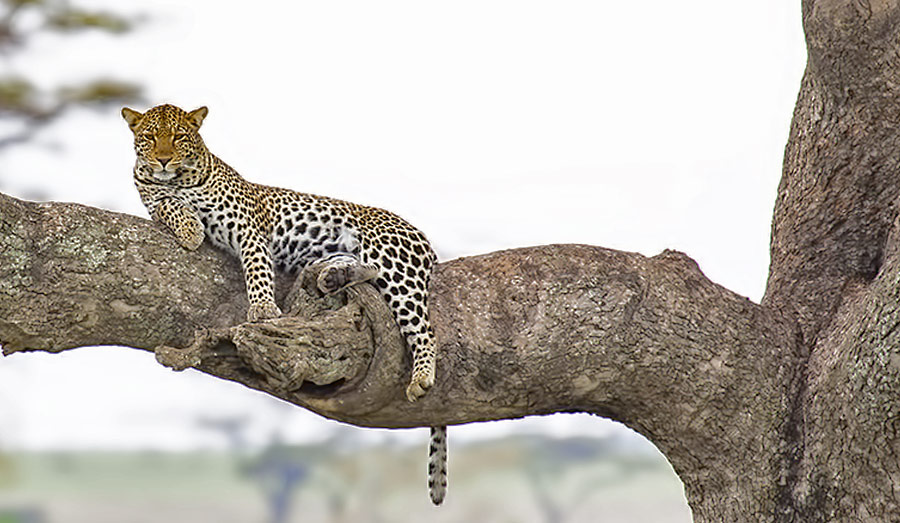
Leopards live a basically solitary existence and go out of their way to avoid one another. A leopard usually doesn't tolerate intrusion into its own range except to mate. Unexpected encounters between leopards often lead to fights. They announce their presence to other leopards with a rasping cough. They have a good sense of smell and mark their ranges with urine and leave claw marks on trees to warn other leopards to stay away. They growl and spit with a screaming roar of fury when angry but they purr when content. Leopards continually move about their home ranges, seldom staying in an area for more than two or three days at a time. With marking and calling, they usually know one another's whereabouts.
Leopard's coats come in a wide variety of colors, ranging from a light buff color in warmer areas to a darker shade in deep forests. Its tawny coat is covered with dark, irregular circles called "rosettes." A leopard's main adversary is man. Their beautiful fur has been used for ceremonial robes and coats for centuries and they are still killed to obtain it.
Back to [Home Page]
